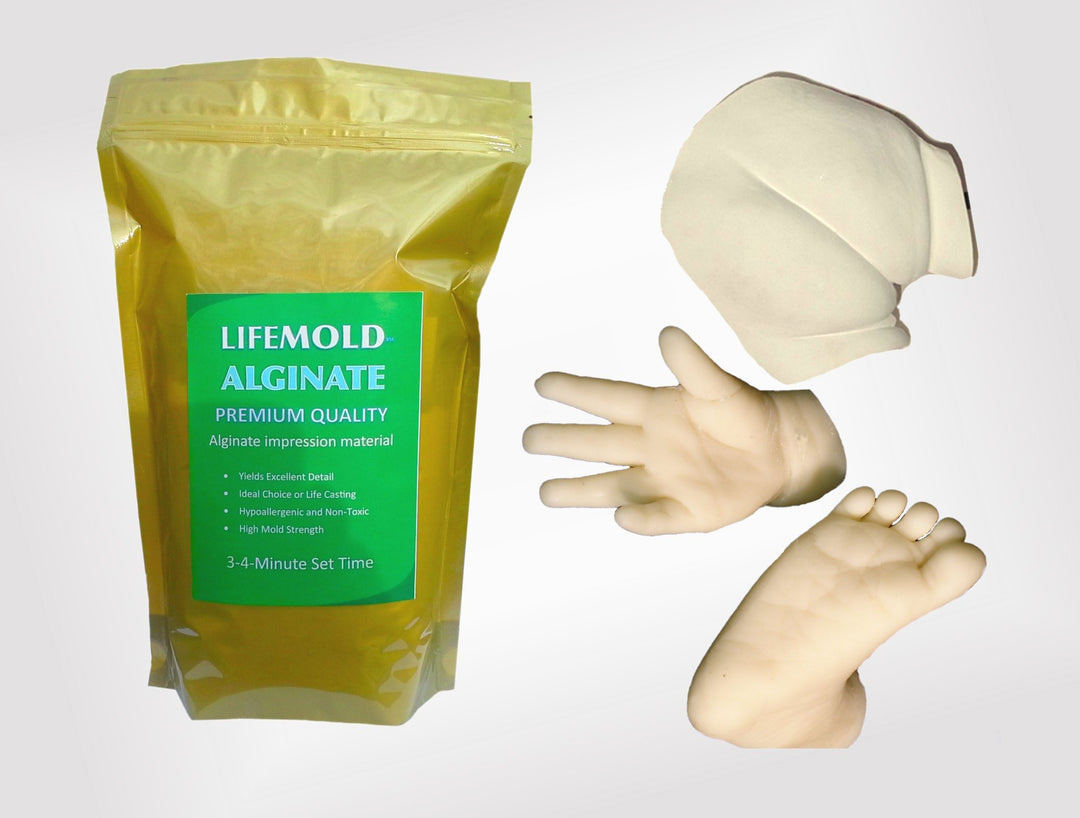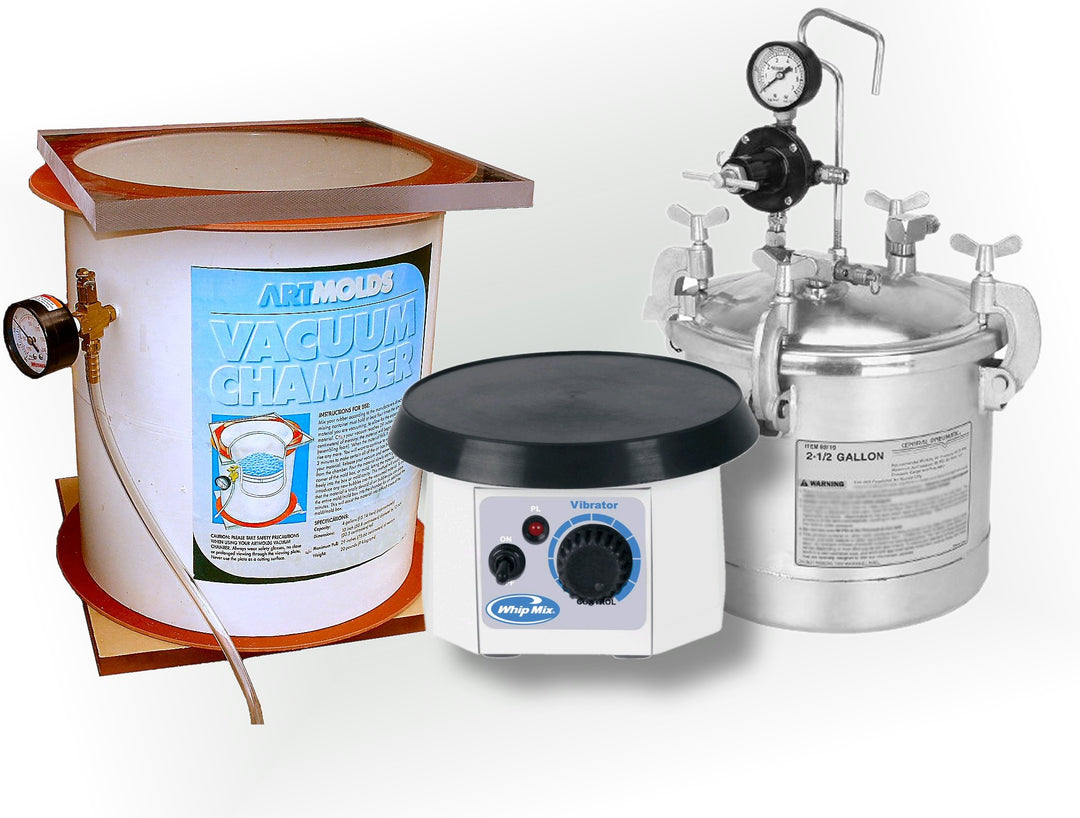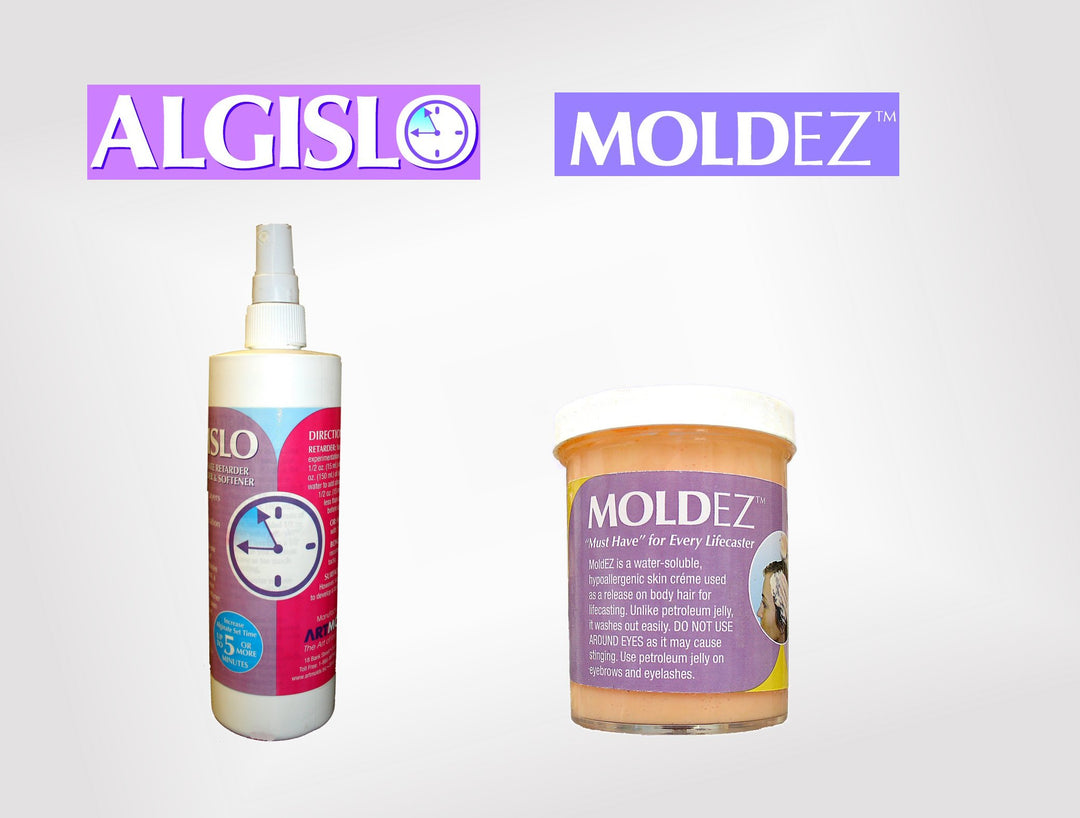Alginate Arts & Crafts
![]()
Alginates are not limited to foods, though 30% of world wide production is utilized in the food industry, they have a wide range of industrial applications. Theses include such paper coating, textiles, adhesives, air freshener gels, paints and dyes, welding rod coatings, printing, fish food, fertilizers and ceramics. These industries use various alginates to improve the performance of its products.
![]() Alginate In Arts & Crafts
Alginate In Arts & Crafts![]()
Taxidermy
Sodium alginate has a long history of application in in textile warp sizing, dyeing finishing and printing paste, of which the last one is the main leading application. As the paste of reactive dyes, sodium alginate has unique properties. The chemical reaction generated between fiber and reactive dyes helps fix the dye to fiber, and consequently this makes the dyed fiber hard, brittle and not so good in color. However, when sodium alginate acts as the printing paste, it won’t impact the dying process between reactive dyes and fiber and can print out clear and bright decorative patterns, both high in color yield and good in hand feel. Sodium alginate can be used in printing of not only cotton but wool, silk and synthetic fiber.
Sodium alginate with medium or low viscosity can be used in the printing paste from screen printing to roller printing. In fact, sodium alginate with low viscosity helps to make the printing relatively stable and this makes it possible to prepare the printing paste with higher content. The printing paste of this kind helps to produce a compact film during the drying process and to increase the coloring yield. Furthermore, the printing paste made from high quality sodium alginate caters for the particular needs in ink-jet printing.
Alginate is used for substrate of color paste when applying patterns to print fabrics, scarf, towel, etc. Use of alginate for printing of cotton, jute, rayon is mandatory. Alginate, a seaweed extract, is safer and easier to be decomposed compared with other substrate for textile printing, and gives easier waste water disposal.
![]()
Special Effects (EFX)
In printing and dyeing industry, sodium alginate can be used as the paste of reactive dyes, superior to other kinds of sizes like starch. It helps to print out textiles with bright patterns, clear lines, high and well-distributed color yield, and favorable permeability and plasticity. Sodium alginate is the best paste for modern printing and dyeing, which is widely used for the printing of such fabrics as cotton, feather, silk and nylon; furthermore, it is particularly used for the preparation of the printing sizing in allocated dyeing.
.
Face Casting with Alginate
Alginate and Nude Model

Example of industrial uses of sodium and calcium alginate include fertilizer, paper processing, a thickner in inks, paints and dyes, fish food binder, welding rod coatings, and the printining and textile industries
.
.
Fine Art Casting
Alginates have some applications that are not related to either their viscosity or gel properties. They act as stabilizers in ice cream; addition of alginate reduces the formation of ice crystals during freezing, giving a smooth product. This is especially important when ice cream softens between the supermarket and the home freezer; without alginate or similar stabilizer the refrozen ice cream develops large ice crystals, giving it an undesirable crunchy mouth feel.![]()
Craft Casting
Alginates have some applications that are not related to either their viscosity or gel properties. They act as stabilizers in ice cream; addition of alginate reduces the formation of ice crystals during freezing, giving a smooth product. This is especially important when ice cream softens between the supermarket and the home freezer; without alginate or similar stabilizer the refrozen ice cream develops large ice crystals, giving it an undesirable crunchy mouth feel.






